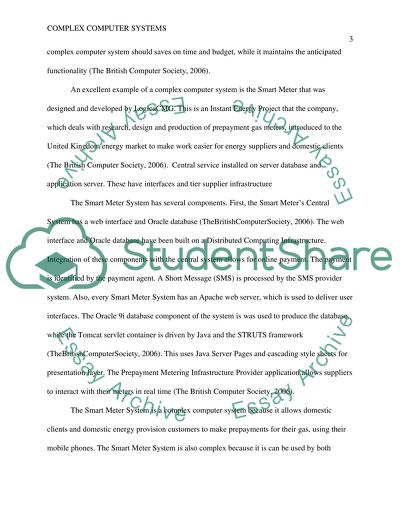Cite this document
(“Complex Computer Systems Research Paper Example | Topics and Well Written Essays - 1250 words”, n.d.)
Complex Computer Systems Research Paper Example | Topics and Well Written Essays - 1250 words. Retrieved from https://studentshare.org/information-technology/1485175-complex-computer-systems
Complex Computer Systems Research Paper Example | Topics and Well Written Essays - 1250 words. Retrieved from https://studentshare.org/information-technology/1485175-complex-computer-systems
(Complex Computer Systems Research Paper Example | Topics and Well Written Essays - 1250 Words)
Complex Computer Systems Research Paper Example | Topics and Well Written Essays - 1250 Words. https://studentshare.org/information-technology/1485175-complex-computer-systems.
Complex Computer Systems Research Paper Example | Topics and Well Written Essays - 1250 Words. https://studentshare.org/information-technology/1485175-complex-computer-systems.
“Complex Computer Systems Research Paper Example | Topics and Well Written Essays - 1250 Words”, n.d. https://studentshare.org/information-technology/1485175-complex-computer-systems.


